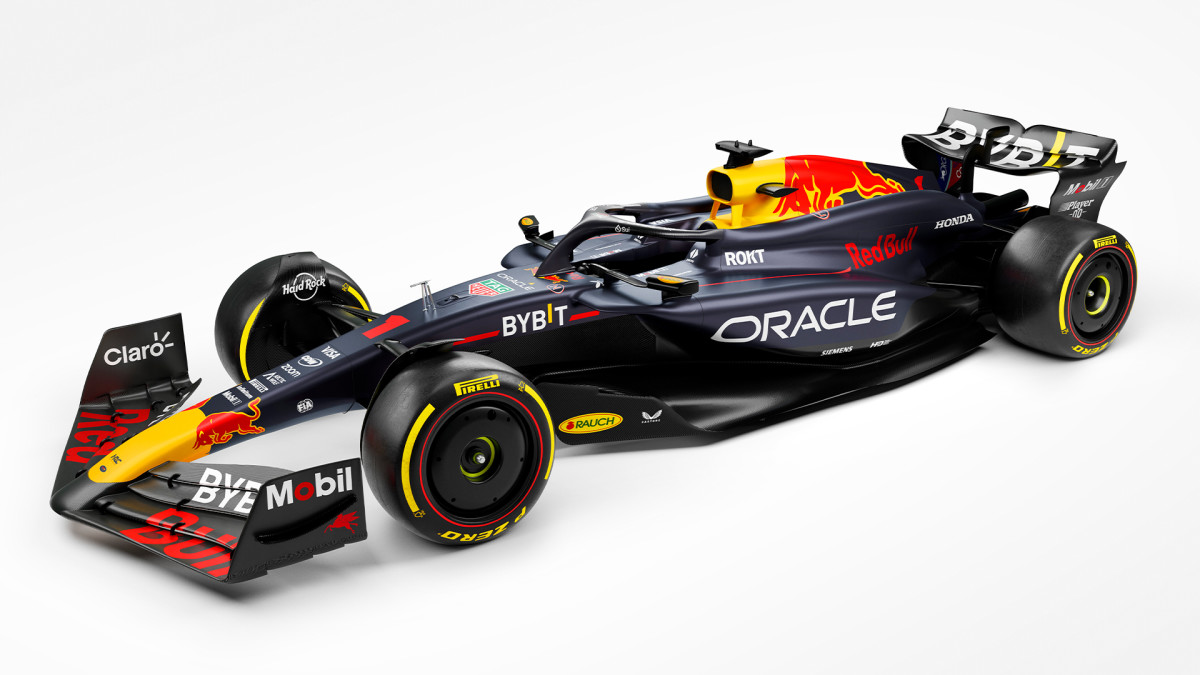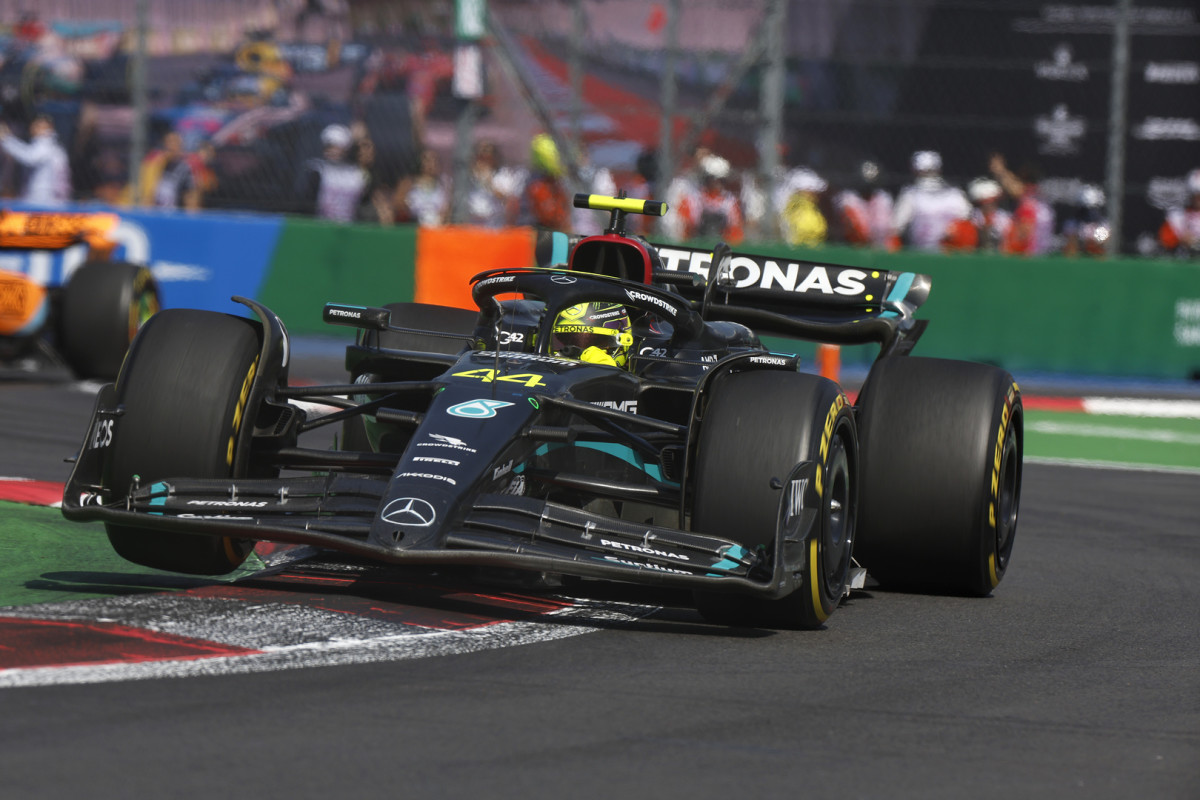F1: Push-Rod Vs Pull-Rod Suspension - Ultimate Guide

Formula 1 teams utilize two suspension setups for their cars: push-rod and pull-rod configurations. These setups differ significantly, influencing on-track performance. Notably, the top-performing F1 cars of the 2023 season, including Red Bull's RB19 and McLaren's MCL60, employed a pull-rod configuration on their front suspension.
Key Takeaways:
- F1 teams employ two suspension setups, push-rod, and pull-rod, impacting on-track performance. Notably, top 2023 cars like Red Bull's RB19 and McLaren's MCL60 used a pull-rod front suspension.
- On day 2 of pre-season testing, a detailed analysis of these systems becomes crucial, with the choice influenced by team preferences and aerodynamic alignment.
- Pull-rod setups suit ground-effect cars for a lower center of gravity, while push-rod setups offer convenience and cost-effectiveness. Teams often choose a hybrid approach. For 2024, Red Bull and Sauber use pull-rod at the front, Ferrari at the rear, and others vary configurations.
As Formula 1 progresses into day 2 of pre-season testing, conducting a detailed examination of the two suspension systems becomes crucial to understanding their respective characteristics.
Each configuration presents a set of advantages and disadvantages, and the choice depends on a team's specific preferences. Importantly, the suspension must align with the overall aerodynamic concept of the car, influencing airflow direction to areas such as the sidepod.

The Difference Between a Push-Rod And Pull-Rod
The primary elements of a Formula 1 car's suspension system include upper and lower wishbones, which are critical for connecting the chassis to the wheels and allowing for controlled wheel motion. These wishbones, often made from advanced materials like carbon fiber for their rigidity and lightweight properties, are part of the intricate suspension geometry that ensures precise handling.
In the Formula 1 car's suspension system, the shock absorption mechanism is not solely reliant on carbon fiber bars but rather on a sophisticated combination of springs and dampers. These components work together to absorb and dissipate energy from track surface irregularities, ensuring stability and grip.
Positioned between the wishbones at both the front and rear of the car, a suspension rod, which can be either a push-rod or a pull-rod, plays a crucial role in linking the wheel assembly to the car's spring and damper system. This system is essential for managing the forces exerted on the car through bumps and turns, contributing significantly to the vehicle's dynamic behavior.
The torsion bar or spring within the suspension system is designed to absorb energy through deformation. In modern Formula 1 cars, while torsion bars are used, the primary mechanism for absorbing road impacts and providing the necessary suspension travel is often a combination of coil springs and dampers, rather than torsion springs alone. This setup allows for efficient energy storage and release, aiding in the car's stability over uneven track surfaces.
Pull-rod suspension features a diagonal rod that connects a higher point on the wheel assembly to a lower point on the chassis. This arrangement means that when the wheel moves up due to a bump, it pulls on the rod and consequently the spring-damper mechanism, compressing it to absorb the shock.
Conversely, a push-rod suspension connects a lower point on the wheel to a higher point on the chassis. In this setup, upward movement of the wheel pushes against the rod and the spring-damper mechanism, also compressing it to manage the impact of bumps.
The selection between pull-rod and push-rod suspension systems affects various aspects of the car's performance, including its aerodynamics, center of gravity, and the ease with which the suspension settings can be adjusted. Each design has its advantages and is chosen based on the overall design philosophy and performance goals of the car.
Which Is Better?
The pull-rod configuration is well-suited for ground-effect cars because of their low proximity to the tarmac. This setup contributes to a lower center of gravity, enhancing cornering capabilities by optimizing weight distribution, with the heavier components positioned closer to the road surface.
A push-rod suspension proves more convenient for mechanics, situated higher on the chassis for easier access, contrasting with the pull-rod setup that necessitates floor removal for front access. This practicality makes it a preferable choice for the team. Moreover, the push-rod configuration is not only cost-effective but also provides enhanced stability in various scenarios compared to pull-rod suspensions.
Given the strengths and weaknesses inherent in both suspension setups, teams often opt for a hybrid approach, utilizing a pull-rod suspension at the rear and a push-rod suspension at the front, or vice versa. This strategic choice is made to maximize performance based on the overall configuration of the car.

RB and Sauber teams will follow suit in using a pull-rod configuration at the front for the 2024 season, while Ferrari will opt for a pull-rod configuration at the rear. Here's the setup that different Formula 1 teams have opted for 2024:
Red Bull - Pull-rod front, push-rod rear
Ferrari - Push-rod front, pull-rod rear
Mercedes - Push-rod front, push-rod rear
Aston Martin - Push-rod front, push-rod rear
McLaren - Pull-rod front, push-rod rear
Williams - Push-rod front, pull-rod rear
Alpine - Push-rod front, push-rod rear
RB - Pull-rod front, push-rod rear
Sauber - Pull-rod front, push-rod rear
Haas - Push-rod front, push-rod rear
